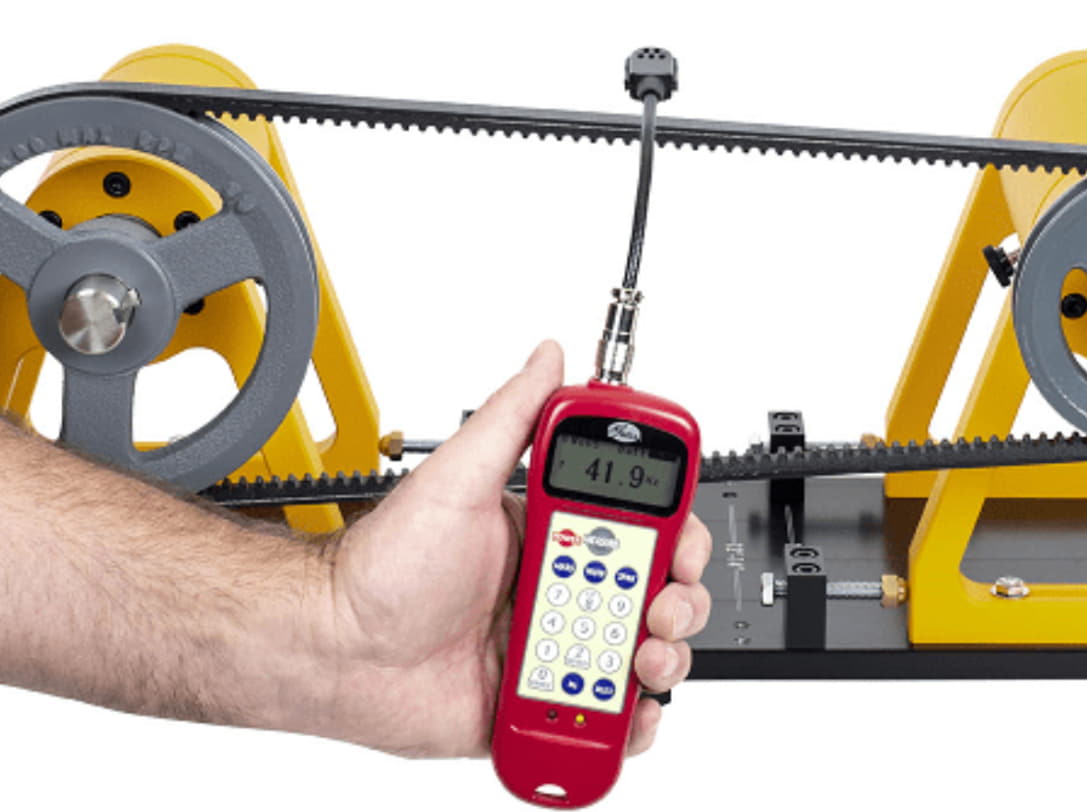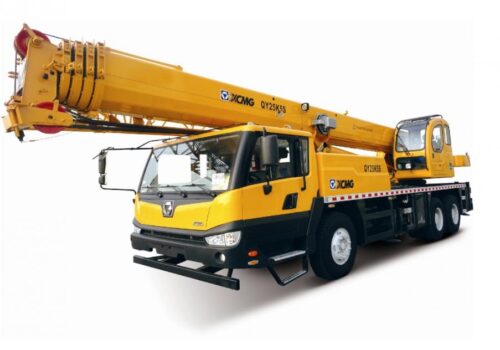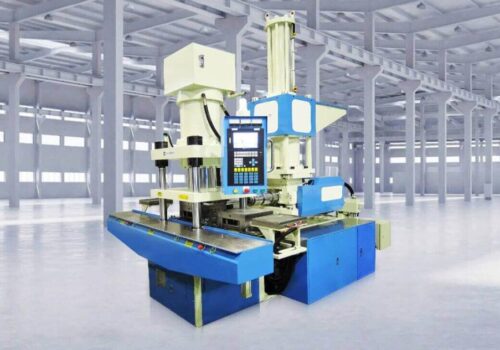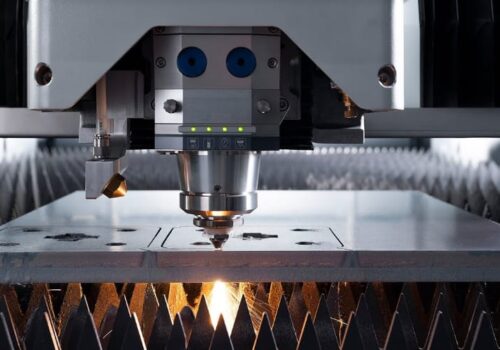Understanding the Importance of Pulley Alignment in Industrial Applications
In industrial applications, the proper alignment of pulleys is a critical factor in ensuring efficient and reliable operation. Misaligned pulleys can lead to increased wear and tear, decreased belt life, reduced power transmission efficiency, and costly downtime. Understanding the importance of pulley alignment is essential for maintaining optimal performance in various industrial systems. In this article, we will explore the significance of pulley alignment and shed light on how it impacts industrial applications.
-
The Role of Pulley Alignment:
It refers to the precise alignment of pulleys to ensure that their axes are parallel or concentric. Proper alignment ensures that power is efficiently transmitted from the driving pulley to the driven pulley, maintaining belt tension, reducing friction, and minimizing belt slippage. It also helps prevent premature wear on the pulley, belt, bearings, and other components, ensuring extended equipment lifespan.
-
Efficient Power Transmission:
Accurate pulley alignment is crucial for efficient power transmission. Misaligned pulleys cause the belt to run off-centre, leading to increased friction and energy losses. This results in decreased power transmission efficiency and increased energy consumption. By aligning pulleys correctly, engineers can optimize power transfer, reduce energy wastage, and enhance overall system efficiency.
-
Belt and Component Lifespan:
It significantly impacts the lifespan of belts and associated components. Misalignment subjects the belt to uneven tension, excessive stress, and increased wear. Over time, this leads to premature belt failure, resulting in costly replacements and downtime. By ensuring precise pulley alignment, engineers can extend the lifespan of belts, reduce maintenance costs, and improve the overall reliability of the system.
-
Reduced Vibration and Noise:
Misaligned pulleys generate vibration and noise, indicating the presence of alignment issues. Excessive vibration not only affects the performance and lifespan of belts but also impacts the overall stability of the system. It can lead to increased noise levels, discomfort for operators, and potential damage to surrounding equipment.
-
Prevention of Belt Slippage:
It plays a vital role in preventing belt slippage. Misaligned pulleys cause the belt to slide or slip, reducing power transmission efficiency and compromising system performance. Belt slippage not only decreases productivity but also puts additional stress on the belt, leading to accelerated wear and reduced belt life.
-
Alignment Techniques and Tools:
To achieve accurate pulley alignment, engineers utilize various techniques and tools. Laser alignment systems, optical alignment tools, and alignment software are commonly employed for precise measurements and adjustments. These advanced tools provide real-time data, visual indicators, and alignment recommendations, facilitating the alignment process and ensuring accuracy.
Conclusion:
Understanding the importance of pulley alignment is paramount for maintaining efficient and reliable operation in industrial applications. By achieving precise pulley alignment, engineers can optimize power transmission, extend belt and component lifespan, reduce vibration and noise, prevent belt slippage, and enhance overall system performance.





